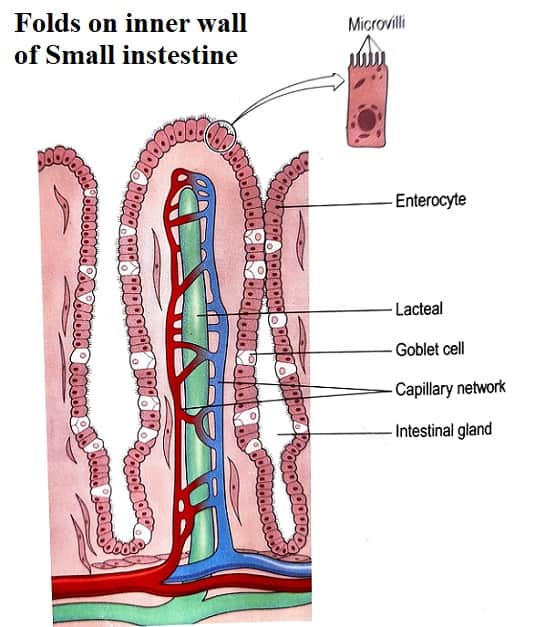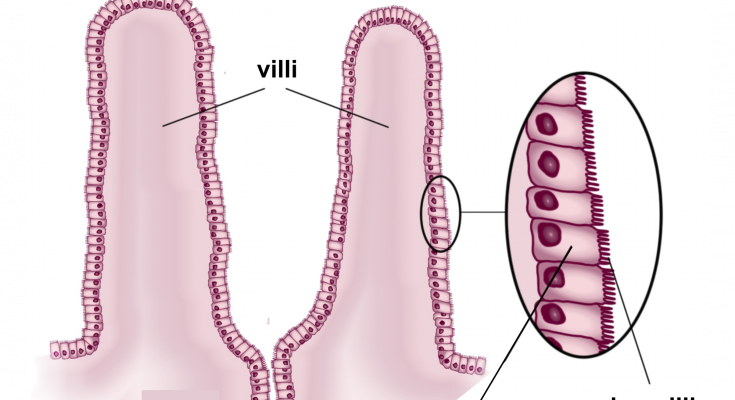How the Small Intestine is Designed to Efficiently Absorb Digested Food ?
Answer – The Small Intestine plays a crucial role in the digestive process by breaking down food into its essential components. In addition to digestion, it is primarily responsible for absorbing the digested nutrients into the bloodstream. In this article, we will explore the fascinating design of the small intestine that enables efficient absorption of digested food.
Design of the small intestine that enables efficient Absorption of digested food
The small intestine consists of three parts: the duodenum, the jejunum and the ileum. It is approximately 20 feet long, making it the longest section of the digestive tract. The inner lining of the small intestine is lined with millions of tiny, finger-like projections called villi.
Villi- Enhancing Absorption Surface Area
- The Villi helps to maximise the absorption of digested food. These microscopic structures significantly increase the internal surface area of the small intestine, allowing for efficient nutrient absorption. In fact, the surface area of the villi is about 8 times greater than the outer surface area of the body.

Microscopic Anatomy of Villi
- Each villus is covered by a single-celled, thick layer called the epithelium. This thin layer acts as a barrier between the contents of the small intestine and the internal environment of the body. The epithelial cells are specialised in absorbing various nutrients such as carbohydrates, proteins and fats into the bloodstream.
Intestinal Juice and Nutrient Absorption
- Between the villi are small openings through which the intestinal juice, secreted by the glandular cells of the small intestine, is released into the lumen. The intestinal juice contains digestive enzymes that further break down the complex molecules of food into simpler forms to facilitate absorption.
Mechanisms of Nutrient Absorption
- Absorption of digested food occurs mainly by two mechanisms: passive diffusion and active transport. Passive diffusion allows nutrients such as water, electrolytes and some vitamins to pass through cell membranes from an area of higher concentration to an area of lower concentration.
Active Transport and Nutrient Absorption
- Certain nutrients, such as glucose and amino acids, require active transport to be absorbed. Active transport involves the use of carrier proteins that are found on the surface of epithelial cells. These carrier proteins actively transport certain nutrients across the cell membrane, even against their concentration gradient.
- The small intestine is exquisitely designed to optimise the absorption of digested food. The presence of villi dramatically increases the surface area available for absorption, while the microscopic structure of the epithelium and secretion of intestinal juice further enhance nutrient absorption. Understanding the intricate design of the small intestine helps us to understand the remarkable efficiency of our digestive system in extracting vital nutrients from the food we consume.
Also Check – Why do Herbivores have Longer Small Intestine than Carnivores
Also Check –How are Fats Digested in our Body ? Where does this process take place?
Also Check – Emulsification of Fats
Also Check- Nutrition in Human Beings
Also Check – Process of Digestion in Human Beings
Also Check- Digestive Glands -Definition Types and Functions


7 Comments on “How is the Small Intestine designed to absorb Digested Food ?”